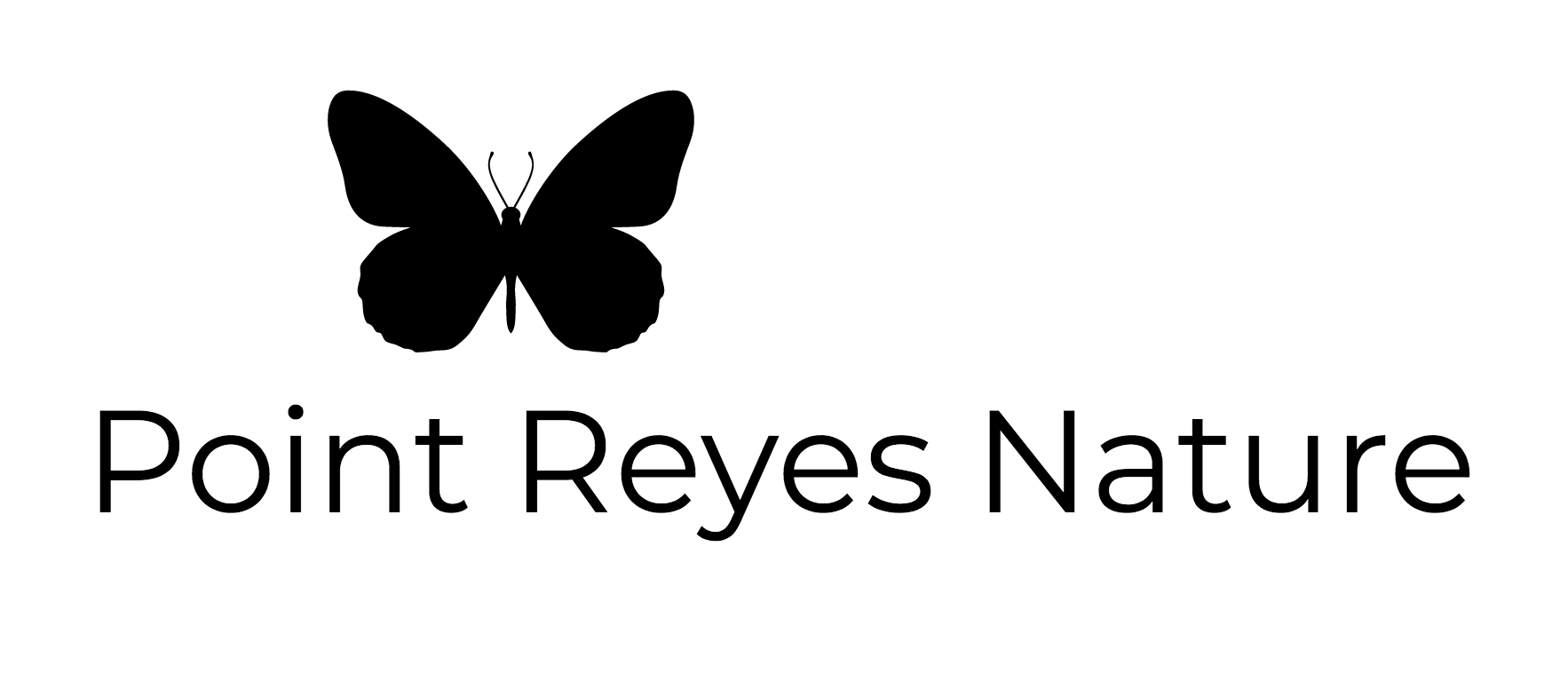Plovering at North Beach: Chicks!
North Beach in Point Reyes was mild and beautiful on Saturday June 25 — a perfect day for volunteering as a snowy plover docent. We had a first — every dog that visited the beach was on leash and stayed on leash. Locals were wonderful ambassadors modeling great behavior by keeping their dogs on leash. Dogs of all shapes and sizes visited including a corgi, an exceptionally friendly samoyed, several retrievers, a bichon frisee, and what my fellow docent Pat called a “snickerdoodle” — a cinnamon colored labradoodle.
Carlton, a biologist from Point Blue stopped by on his way to band plover chicks that were expected to hatch within a couple of hours just a mile north on the beach. He asked us to let him know if we saw any ravens flying his way and he would pause the banding to avoid drawing attention to the nest and newly hatched chicks. Good news! He was successful in banding the chicks as well as one parent bird and he brought back a video showing the newly hatched chicks nestled in his baseball cap. We all gathered around his phone to watch it. There’s nothing better than freshly hatched “snowies”! I’ll add a link to the video once it’s uploaded. As expected, we saw two ravens later in the day on the beach. I hope they did not find the chicks.
Other wildlife spotted at North Beach: several California Sea Lions swimming in the waves near shore, flocks of brown pelicans and cormorants, and one osprey. We didn’t spot any whales.
What color are plovers banded in Point Reyes?
Whenever you see a plover with Aqua and Violet or Violet and Aqua bands on the left leg, then it's a plover hatched or caught and banded in Point Reyes.
photo: Matt Lau, NPS
Donate a tablet to the Snowy Plover Docent Program
Docents need a laptop or tablet at the beach to share videos with visitors. A video is worth ten thousand words, especially one of newly-hatched chicks! Since the birds themselves are so few and elusive they are unlikely to be seen which makes it’s difficult to tell their story and get visitors interested. There are only 35-40 breeding snowy plovers in Point Reyes spread along miles of beach. (Note: The restoration goal is to have 64 breeding birds in Point Reyes for at least 10 consecutive years.) If you have an ipad or other device to donate, email the Snowy Plover Docent program director, Matt Lau at Matt_Lau@nps.gov. It should have a good battery and enough disk space to store and play videos.
Recent plover research
Matt just published an article with Point Blue Conservation Science looking at climate-change impacts on western snowy plovers: Western Snowy Plovers Could Face Multiple Threats from Climate Change (U.S. National Park Service) and he published a research paper in a peer-reviewed scientific journal investigating the negative impacts of common ravens on our local breeding population of snowy plovers: Human–Wildlife Interactions | Vol 15 | Iss 3 (usu.edu). Bottomline: Snowy plovers will need help from humans for the foreseeable future to ensure their survival.
Current Stats as of June 24
26 total nests this season
8 active nests
10 hatched
8 failed nests
3 chicks on the beach
4 chicks fledged
Visit the National Seashore’s 2022 Snowy Plover Updates blog for the latest news and adorable photos.







